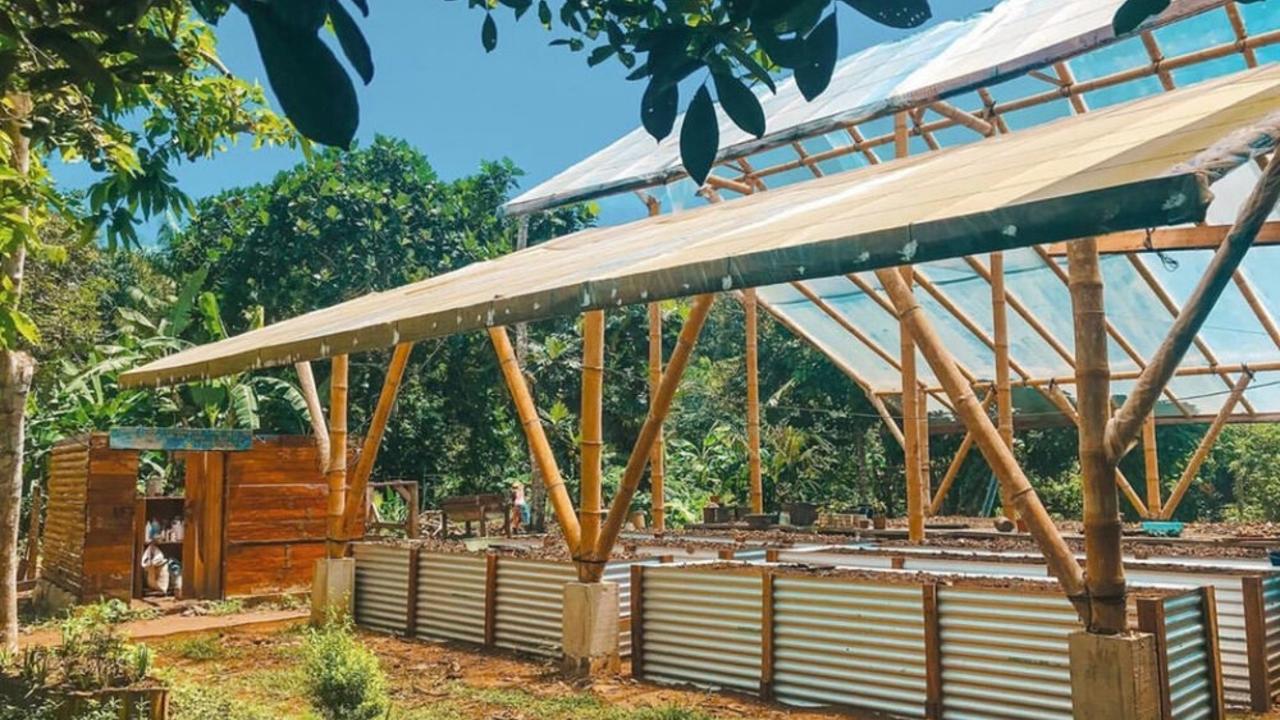
How to Build Raised Garden Beds in 3 Steps
Sep 25, 2020And Examples from Punta Mona Center of Regenerative Design and Botanical Studies
What are raised garden beds and why should someone utilize them?
Relatively easy to construct, raised garden beds are elevated planting containers made to simply make your life (and your knees’ life) easier. Filled with the ideal soil for your plants and a beautiful addition to any space, these are made to provide the ideal conditions for your plants to thrive.

PRODUCTIVITY & CONTROL
These beds allow you to control your soil quality, allows for the plants to have deeper rooting, better drainage and longer growing seasons. The amount of weeding and critters are significantly reduced due to the elevation.
COMFORT
Garden lovers are all too familiar with what we like to call “the garden squat”. But it is definitely not the most comfortable position. Tending to your plants on an elevated surface spares your knees and your back the hassle.
VISUALLY APPEALING
Raised beds are oh so beautiful. Organized plants? Yes. A showstopper in any garden or farm!
Now, let’s get down to business and make them…
Step 1: CHOOSING THE RIGHT SPACE AND SIZE

So before we start building them, we have to know where they're going. Ideally, the location should be getting at least six hours of sun. In terms of width, beds are usually best to measure around 4 feet, as you want the middle of the bed to be accessible. Length is really up to the creative! Common measurements of beds are 4x8 feet or 4x12 feet, but you can have a many beds for multiple crops, or even a super long one (think red carpet of garden beds). Depth should not be less than 6-12 inches at the minimum, as this is how much most garden plants roots need to grow. The site’s soil should be loosened and grass-free before the bed is established.
Step 2: BUILDING THE FRAME
At Punta Mona, we built them from scratch at our bamboo greenhouse space.
There is a number of materials you can use to build the frame including natural wood, recycled plastic, timber, wattle, logs, even concrete blocks. Be resourceful. As long as it provides a steady container, you’ll be good to go. Here are some easy guides to building a variety of frames.




Step 3: FILL IT UP
This is the part of the process that will either make or break your bed. Unless, you know, the frame breaks then the bed will actually break. But metaphorically speaking, this part is crucial: having a nutrient-rich, nourishing, yummy compost-topsoil-organic material mix is necessary. As a basic guide, we recommend 50-60% rich, dark topsoil and 40-50% compost. You can test your soil for pH and nutrient contents. This mix will depend on your climate and the organic material readily available in your area, here’s an easy guide to soil amendments.
At Punta Mona though, nestled in the tropical climate of the Caribbean jungle *wipes sweat*, we take our layering seriously. We can think of layering beds like making a pie.
Here’s How Punta Mona Does It:
Base (Pie Crust): Coral, Rocks, Sand





We started out with placing rocks and coral, making sure the gaps were as limited as possible to make a thick layer and topped that with sand, covering any gaps left. This method provides a well-draining base layer in order to reduce the possibility of water-logging when we water the top of the bed. This is a technique that is also often used in nursery potting plants, where gravel/ sand or any pebbly well-draining material is placed at the bottom so when the top gets watered, there is very limited chance of root rot.
Middle Layers (Pie-Filling): Semi-Decomposed Logs and Sand



